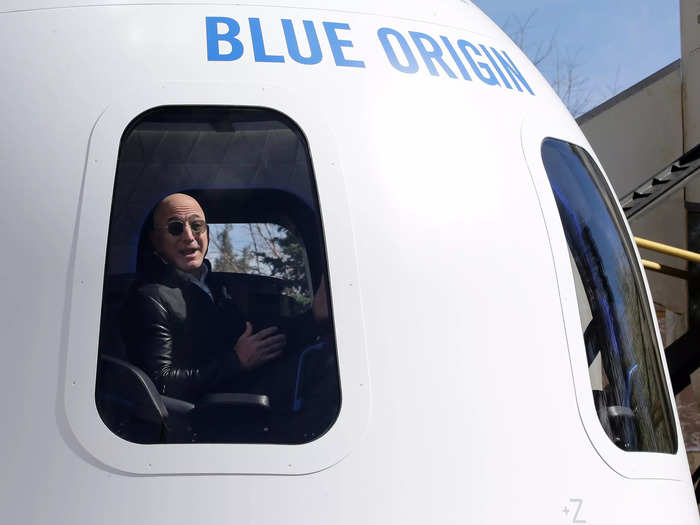
Frank Stephenson's design for the Halo Space capsule.Courtesy of Halo Space
Halo Space was founded in 2021 with the goal of improving access to space tourism.
It would still be out of reach for most people, at around $150,000 a ticket, but by using helium balloons instead of jets or rockets, it's cheaper and more sustainable than the likes of Blue Origin and Virgin Galactic.
CEO Carlos Mira believes his company can take 10,000 people to the stratosphere within the next six years. He said Halo will start commercial flights in 2026.
Last Wednesday, the firm unveiled the interior of its capsule — designed by Frank Stephenson, a renowned industrial designer formerly of Ferrari and Maserati,.
Business Insider attended a London event hosted by the company to learn more about Halo Space and how it hopes to achieve its grand ambitions.








Stephenson made his name designing the Fiat 500 and the BMW X5, among other cars, but has been more involved with aerospace firms in recent years. He previously spoke to Business Insider about his work designing electric-vertical-take-off-and-landing aircraft, or eVTOLs — commonly known as flying taxis. Like Halo, they're focused on sustainability.






The mannequin in the image represents the 95th percentile for male height.






 7 cold destinations in India to escape the summer heat in May
7 cold destinations in India to escape the summer heat in May
 WhatsApp working on feature that will restrict users from taking screenshots of profile pictures: Report
WhatsApp working on feature that will restrict users from taking screenshots of profile pictures: Report
 Having AI knowledge might increase your chances of landing job interviews, UK study finds!
Having AI knowledge might increase your chances of landing job interviews, UK study finds!

Copyright © 2024. Times Internet Limited. All rights reserved.For reprint rights. Times Syndication Service.